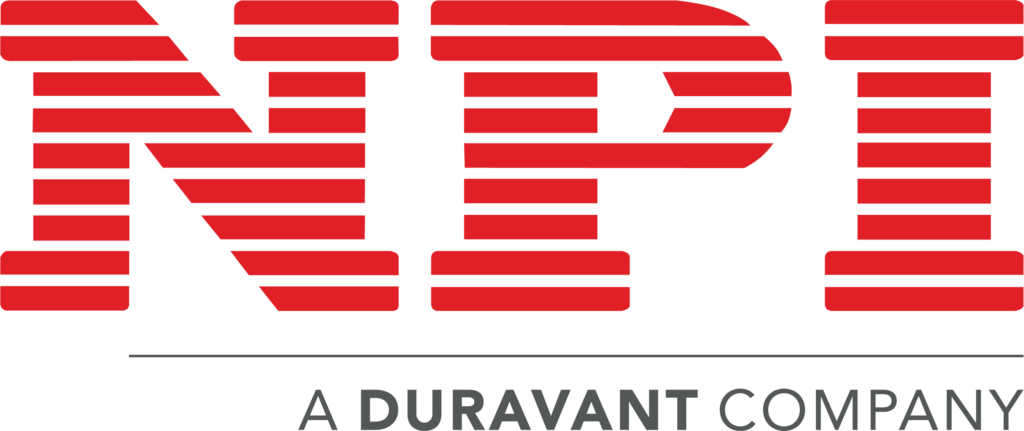The Duravant family of operating companies serve the food processing, packaging and material handling segments.
Function and Factors: Which Conveyor is Best for Your Product
September 2022
Vibratory Conveyors
There are two main types of vibratory conveying systems – true natural frequency conveyors with mechanical drives and electromagnetic conveyors with electromagnetic drives. Both use frame mounted drives and spring arm assemblies to distribute energy to the conveyor bed, producing a diagonal, harmonic motion that moves product forward.
Mechanical Drives:
These shakers utilize simple out-of-balance motors which produce a high amplitude, low frequency movement to effortlessly move product between conveyors or optical sorters.
Electromagnetic Drives:
Electromagnetic shakers allow lower conveying pan amplitudes at higher frequencies to be varied, which make them ideal for lines that handle a wide variety of products or lines that require precise metering.
Vibratory Conveyor Functions
Vibratory conveyors can perform many functions while they feed, collect and transfer your product, such as sizing, grading, de-watering, de-oiling, washing, drying, cooling, spreading, aligning and elevating. There are specific applications that do particularly well with vibratory conveyors:
- Vibratory conveyors are ideal for de-watering, as the vibration releases the bond between surface moisture and product. This can add efficiency to a line, as well as provide product to an optical sorter free of excessive water. Furthermore, the water can be easily collected from a vibratory shaker, which allows a processor to recycle it. De-watering conveyors are ideal for a wide variety of potato products and produce such as green beans, carrots, leafy greens, and some fruits such as strawberries and blueberries.
- Vibratory conveyors work well for product distribution on processing lines and packaging lines because gates can be easily opened and closed to divert product to multiple points.
- Depending on the product, vibratory conveyors can work effectively for sizing. A multi- deck shaker is fitted with screens that allow product of a particular size, such as french fry nubbins and shorts, or green bean stems, to drop to the lower level. An operator can quickly swap the screen to change the size. If the product is prone to blinding, another type of vibratory conveyor – a diverging bar grader – may be ideal. Key Technology offers screens in many different sizes for a wide selection of products.
- Leafy greens are conveyed more effectively with vibratory shakers than with horizontal motion shakers because the product actually absorbs the energy of the shaker so the slight vertical lift of the vibratory conveyor helps move the product forward.
- For hand-sorting wine grapes and a wide range of other products, vibratory conveyors offer an adjustable speed control to display product evenly for thorough inspection.
- Fines removal is handled well with either a vibratory conveyor or rotary-style sliver sizer remover. The rotary style remover is perfect for many round products such as tomatoes, where sliver shaped fines are created during the cutting process.
- Electromagnetic shakers that start and stop quickly are often ideal for scale feed applications where accurate metering to scales greatly enhances scale and bagger performance. Vibratory conveyors with mechanical drives and horizontal motion conveyors can also be used effectively in many scale feed applications, depending on the product.
- Feeding a cutter, slicer or robotic arm, where product orientation and a precise singulated flow of product improves the effectiveness of the operation, is handled best with alignment shakers.
Belt Conveyors
Belt Conveyors may provide a longer delivery length over vibratory shakers, including inclined product movement. These conveyors are often used in frozen and wet applications such as French fries and vegetables.
Factors to Consider When Purchasing a Conveyor
Beyond costs, the strengths and weaknesses of each conveyor type should be considered as well as the specific applications in which one particular type of conveyor excels. The benefits of each type of conveyor must be judged on a product-by-product basis.
To help navigate this complicated analysis, processors and packers should consider working with an equipment supplier that offers expertise in the food processing industry and provides a full range of conveying solutions to choose from. With a deep and broad knowledge base, such a supplier can be a valuable resource in identifying the ideal conveying solutions that create competitive advantages by improving the performance on the production line.
Decades of engineering experience combined with continued R&D has made Key Technology the global reference in vibratory conveying. Key’s engineers apply advanced design principles and a wealth of experience to NCE and sanitation standards to minimize lifecycle cost and maximize food safety.
For more information on our conveying systems and available options, contact our team of industry experts to discuss your application.
For in-depth information regarding your existing Key equipment, please refer to your technical manual.
We Are Here to Help
Our global SupportPro services team is here to assist you with all of your training, service and parts needs. Contact us today — we’re always here to help you meet your quality and efficiency goals!














